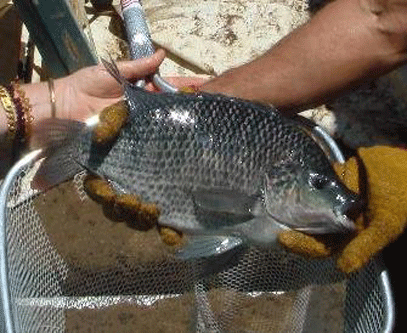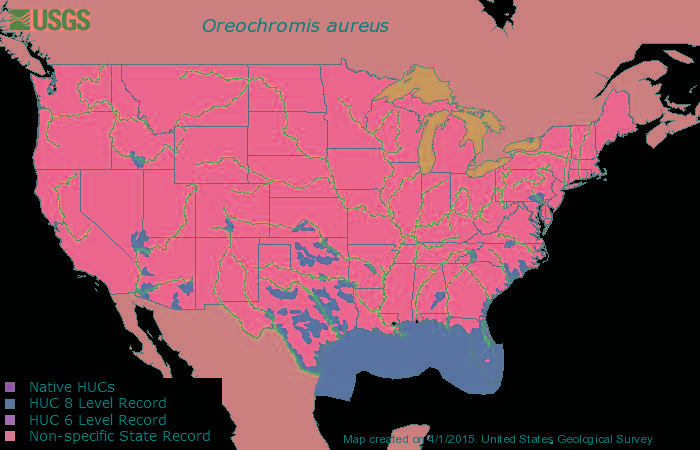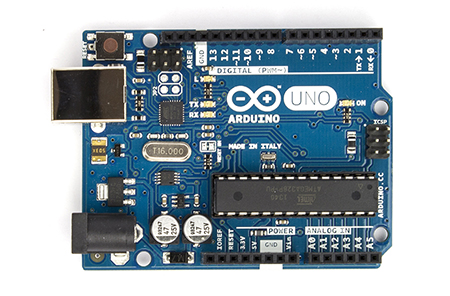




Those who hammer their swords into plows will plow for those who don't!








Those who hammer their swords into plows will plow for those who don't!
 2
2




Idle dreamer








Idle dreamer








Those who hammer their swords into plows will plow for those who don't!








Those who hammer their swords into plows will plow for those who don't!








Those who hammer their swords into plows will plow for those who don't!




Diversity. Balance. Efficiency. Yield. Share.
 1
1




Idle dreamer




 1
1








Diversity. Balance. Efficiency. Yield. Share.








Sunnyslopes McCoy wrote:There MAY be a place for aquaponics in homestead permaculture. It depends on your talent, temperament, and resources. I'd like to hear if Sepp Holzer has experimented with aquaponics. I live in Florida which has helped enable me to conduct experiments with a variety of super easy species.
Idle dreamer








I teach natural, effective birth control and hormonal balancing http://holistichormonalhealth.com










Those who hammer their swords into plows will plow for those who don't!
 1
1




 1
1




Idle dreamer




Those who hammer their swords into plows will plow for those who don't!




Idle dreamer
 1
1












Those who hammer their swords into plows will plow for those who don't!




 1
1




Come join me at www.peacockorchard.com








